Tool holders are critical components in the manufacturing industry, enabling high-precision and high-efficiency machining processes. Among the commonly utilized tool holder standards, Big-Plus BBT (Big Daishowa Big Plus Taper) and CAT (Computer Aided Taper) tool holders play vital roles in modern manufacturing, especially in milling and CNC machining. This paper provides a comprehensive comparison between BBT and CAT tool holders, examining their technical specifications, applications, advantages, and limitations. By analyzing key performance metrics—such as stability, accuracy, rigidity, and cost—this study aims to guide manufacturers in selecting the appropriate tool holder for specific applications.
Introduction
In precision machining, tool holders serve as the interface between the spindle and the cutting tool, directly influencing the performance of machine tools. With growing demands for higher precision and speed, manufacturers are faced with the decision of selecting the most suitable tool holder standard for their machines.
Among various tool holders, the Big-Plus BBT and CAT standards stand out due to their wide usage, versatility, and compatibility with modern CNC machines. The BBT tool holder, developed by Big Daishowa, has become particularly popular for its dual-contact system, while CAT tool holders, developed in the United States, have been widely adopted due to their affordability and compatibility with various machines.
This article delves into the structural and functional differences between BBT and CAT tool holders to better understand their respective roles in industrial applications.
Overview of BBT Tool Holders
1. Dual-Contact Interface
The Big-Plus BBT tool holder is renowned for its dual-contact interface, where the tool holder makes simultaneous contact with the spindle taper and the flange face. This dual-contact system offers enhanced rigidity and stability, crucial for high-speed machining and high-precision applications.
2. Advantages of the Dual-Contact Design
The dual-contact interface in BBT tool holders significantly reduces the vibration and deflection that may occur during machining. This feature is essential in applications requiring tight tolerances, as the increased rigidity allows for higher accuracy in the machining process. Moreover, dual-contact reduces wear on the spindle, potentially increasing the lifespan of both the tool holder and the spindle.
3. Applications and Use Cases
BBT tool holders are commonly used in industries requiring high-speed and high-precision machining, such as aerospace, automotive, and medical manufacturing. The dual-contact system makes them ideal for complex milling processes where stability and precision are paramount.
4. Limitations
The main limitation of the BBT tool holder is its cost, which tends to be higher due to the precision engineering involved in creating the dual-contact design. Additionally, BBT tool holders require a Big-Plus compatible spindle, limiting their use in machines with standard spindles.
Overview of CAT Tool Holders
1. Single-Contact Interface
The CAT tool holder utilizes a single-contact design where the holder makes contact only with the spindle taper, without face contact. This design is simpler and generally more affordable, making it suitable for a wide range of industrial applications.
2. Cost-Effectiveness and Flexibility
CAT tool holders are widely known for their cost-effectiveness, particularly when compared to dual-contact systems like BBT. Due to their affordability, CAT tool holders are commonly used in general-purpose machining and are compatible with various CNC machines.
3. Applications and Versatility
CAT tool holders are versatile and can be employed in various machining operations, including milling, drilling, and tapping. Their compatibility with standard spindles makes them a practical choice for many industries, especially those not requiring extreme precision.
4. Limitations
The single-contact design of CAT tool holders results in reduced rigidity compared to dual-contact systems. This can lead to higher tool deflection and vibration, potentially impacting machining accuracy and surface finish, particularly in high-speed or high-precision applications.
Comparative Analysis of BBT and CAT Tool Holders
1. Rigidity and Stability
The BBT tool holder, with its dual-contact system, provides superior rigidity and stability. The simultaneous taper and flange contact result in minimal deflection and vibration, making it ideal for operations requiring tight tolerances. In contrast, the single-contact design of CAT tool holders offers less rigidity, which may lead to increased vibration and deflection, especially at higher speeds.
2. Accuracy
Accuracy is paramount in precision machining, and BBT tool holders generally outperform CAT holders in this area. The additional face contact in BBT holders minimizes runout, ensuring that the tool remains aligned with the spindle even under heavy loads. CAT tool holders, lacking this face contact, may experience slight misalignment, impacting machining accuracy.
3. Cost Efficiency
CAT tool holders are more cost-effective than BBT holders, making them suitable for industries and applications where budget constraints are a concern. Their simpler design allows for reduced manufacturing costs, and their compatibility with a wide range of CNC machines further enhances their affordability. BBT tool holders, while more expensive, offer long-term savings in terms of reduced wear and tear on the spindle and improved machining precision.
4. Compatibility with Spindles
BBT tool holders are only compatible with Big-Plus spindles, which may limit their use in certain machines. In contrast, CAT tool holders are compatible with most standard spindles, providing greater flexibility for manufacturers using various machine types. However, the dual-contact advantage of BBT holders cannot be realized with non-compatible spindles, making spindle compatibility a key factor in tool holder selection.
5. Tool Change Speed
In automated machining processes, tool change speed plays a significant role in overall productivity. BBT tool holders, with their dual-contact design, may require slightly more time for proper seating during tool changes. CAT tool holders, being single-contact, generally offer faster tool changes, which can be beneficial in high-volume production environments where tool change frequency is high.
Practical Considerations in Tool Holder Selection
1. Type of Machining Operation
The type of machining operation significantly influences the choice between BBT and CAT tool holders. For high-precision operations requiring tight tolerances, such as fine milling or complex surface finishing, the BBT tool holder’s enhanced stability and accuracy provide an advantage. For general-purpose machining, including tasks where high precision is not critical, CAT tool holders offer a more cost-effective solution.
2. Machine Compatibility and Budget Constraints
Budget constraints and machine compatibility are also major considerations. While BBT holders deliver excellent performance, their higher cost may not be justifiable for all manufacturers. For small to medium-sized enterprises with limited budgets, CAT tool holders may provide a balanced approach to performance and affordability.
3. Long-Term Maintenance and Wear
The dual-contact design of BBT holders reduces wear on both the spindle and the tool holder, leading to lower long-term maintenance costs. Conversely, CAT tool holders may experience faster wear due to single-point contact, necessitating more frequent replacement. Manufacturers aiming for longevity and low maintenance may prefer BBT holders, especially if machining accuracy is critical.
Conclusion
BBT and CAT tool holders each have unique strengths and limitations, making them suitable for different manufacturing environments and applications. BBT tool holders provide superior rigidity, accuracy, and reduced wear, ideal for high-precision machining operations. However, they come at a higher cost and require compatible spindles. CAT tool holders, on the other hand, offer cost-effectiveness and versatility, making them suitable for a wide range of applications, particularly where precision demands are lower.
In selecting between BBT and CAT tool holders, manufacturers must consider factors such as the required machining precision, budget constraints, machine compatibility, and long-term maintenance requirements. Ultimately, both BBT and CAT tool holders have their place in modern manufacturing, and the choice between them should be based on a comprehensive assessment of specific operational needs and resources.

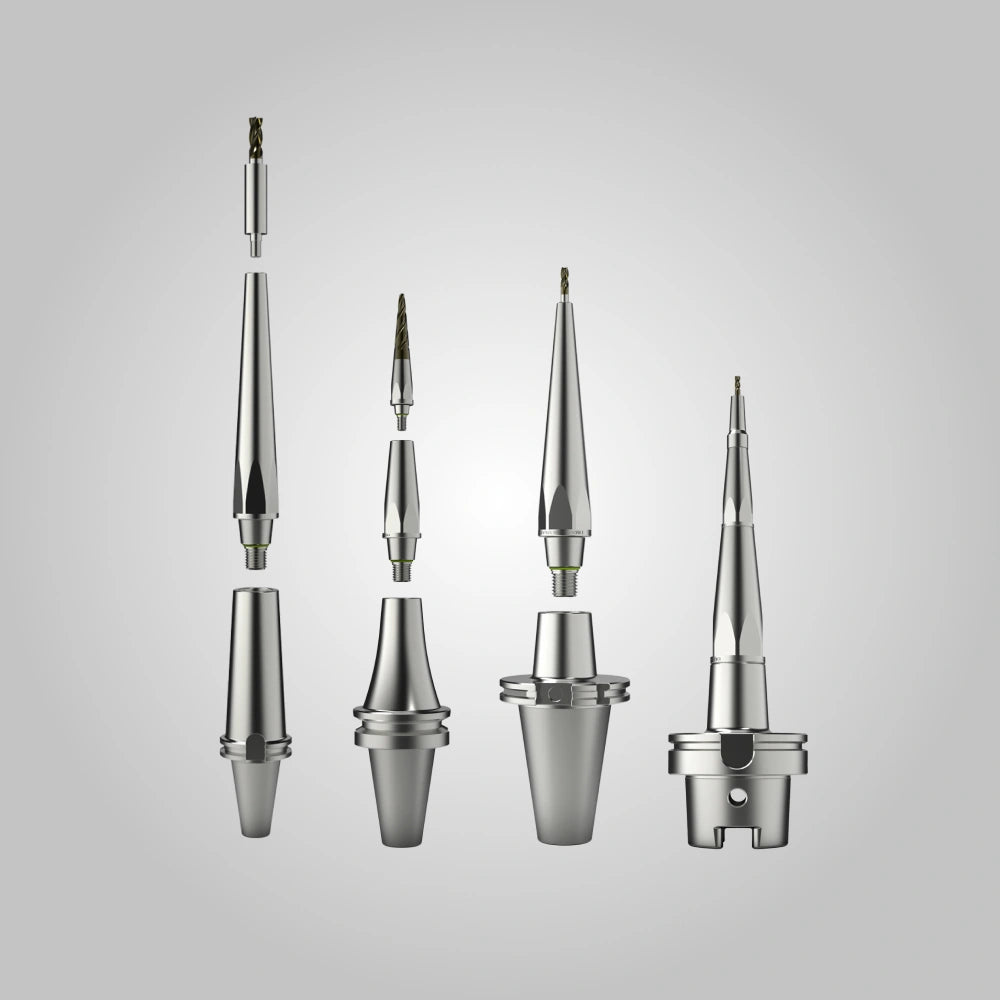
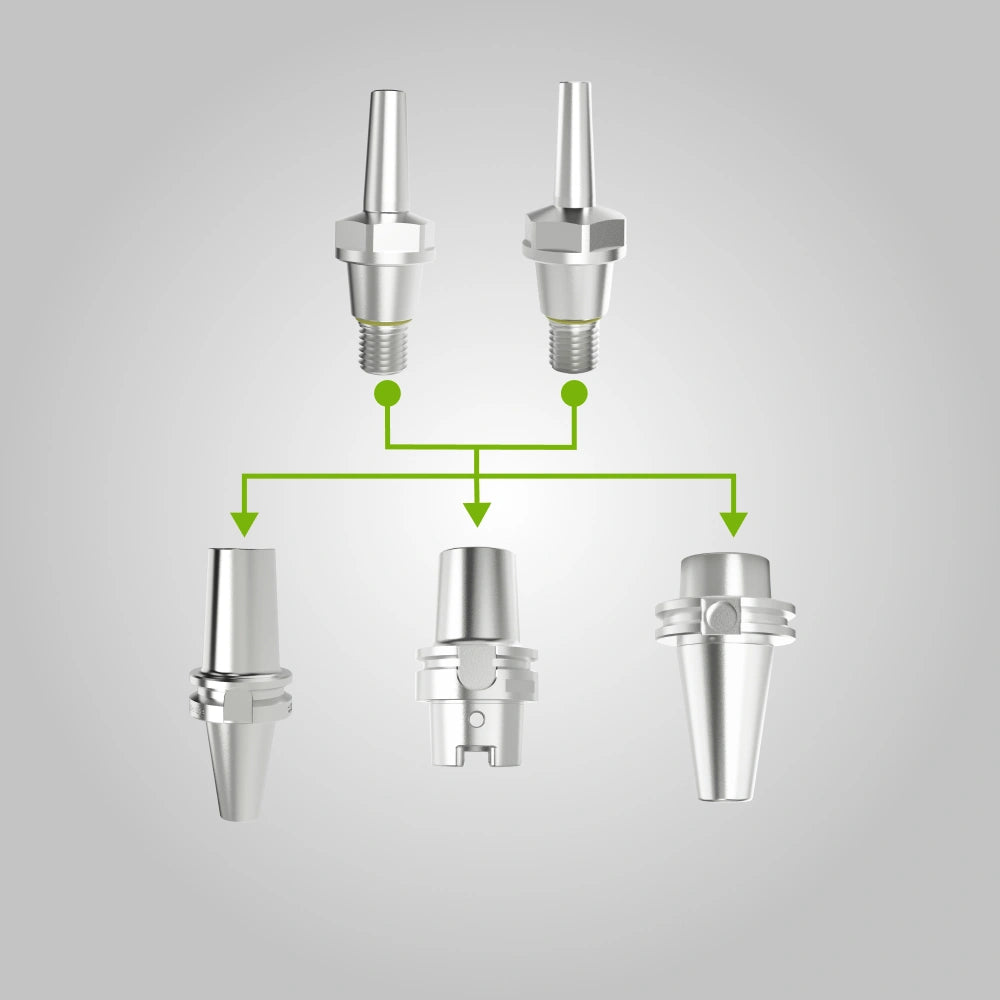
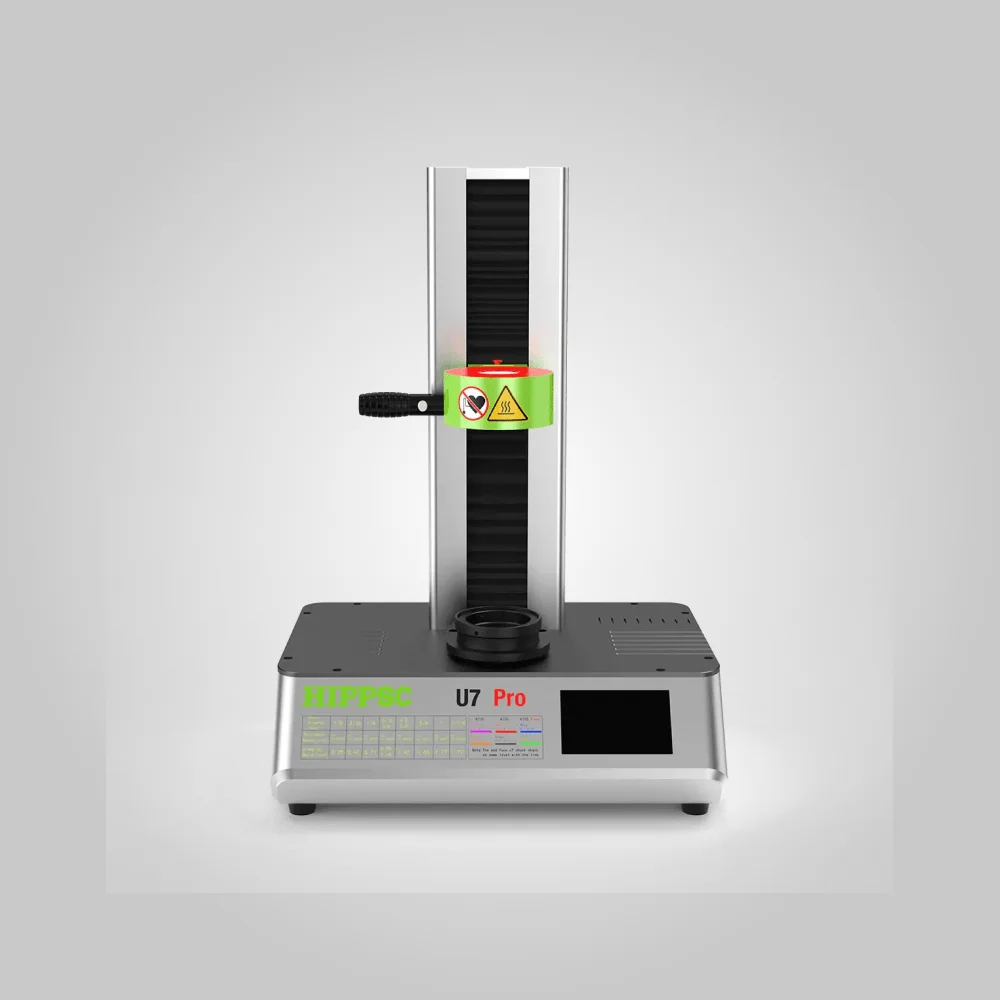
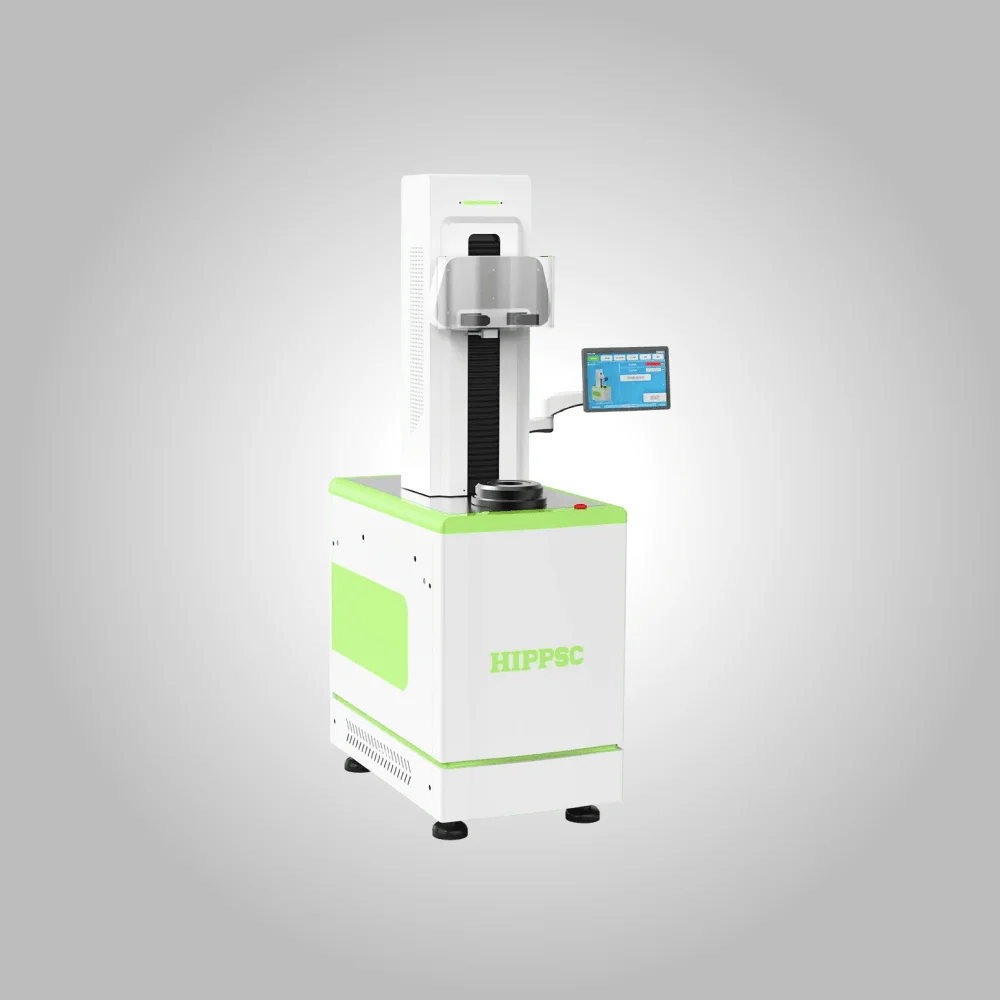
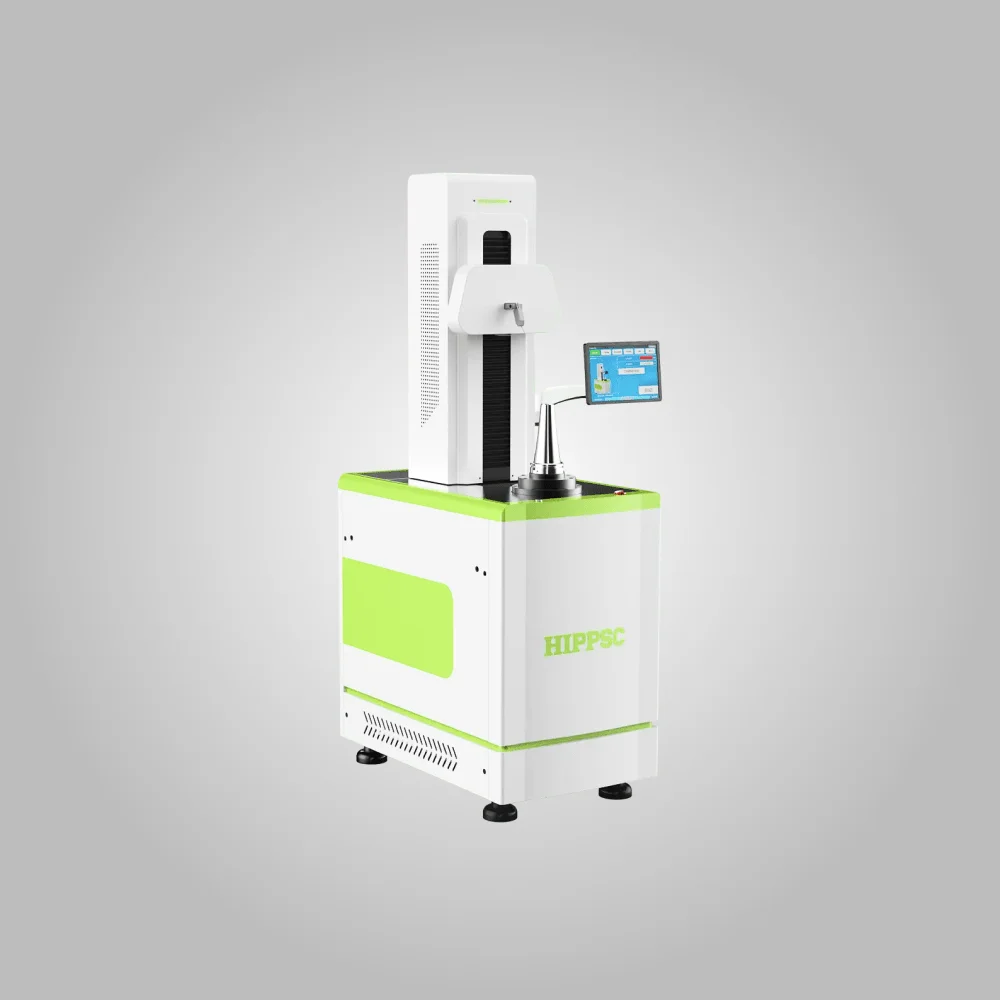
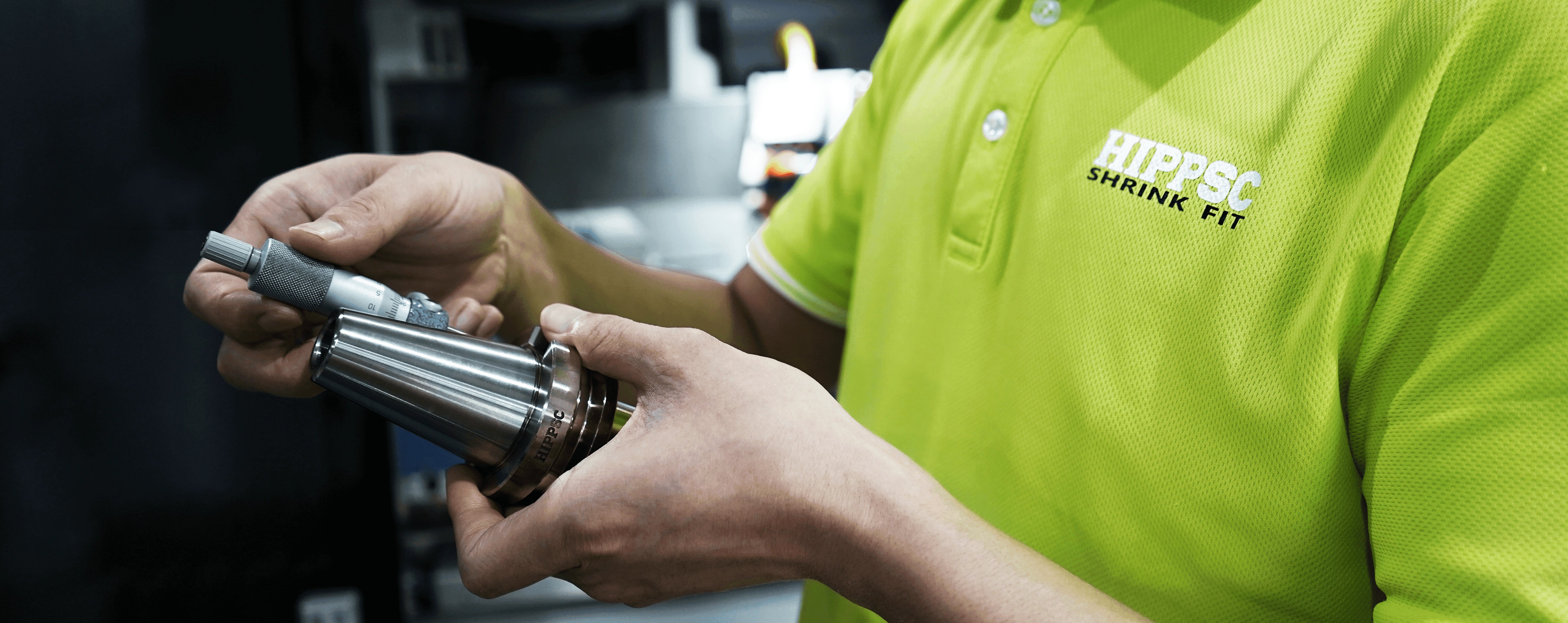
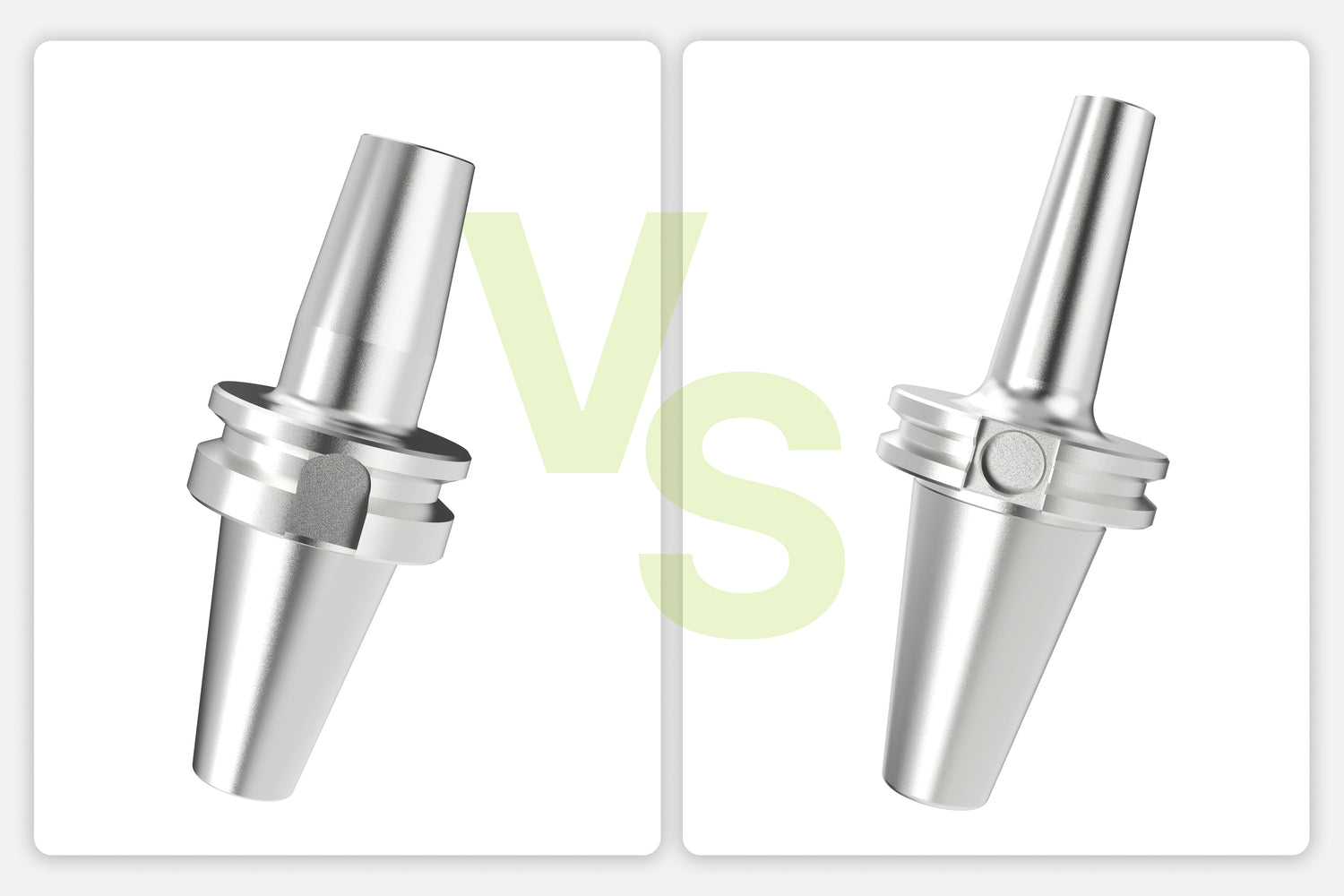
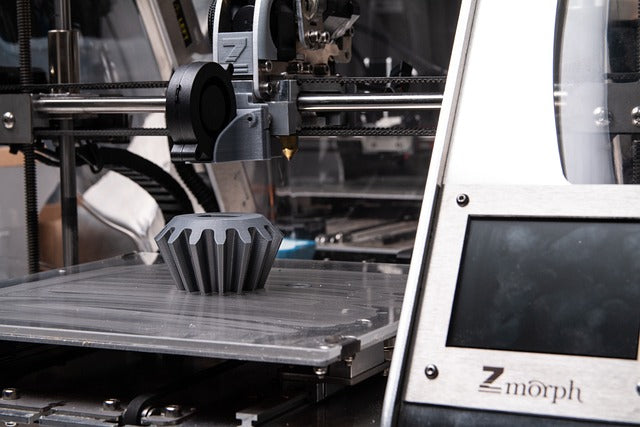
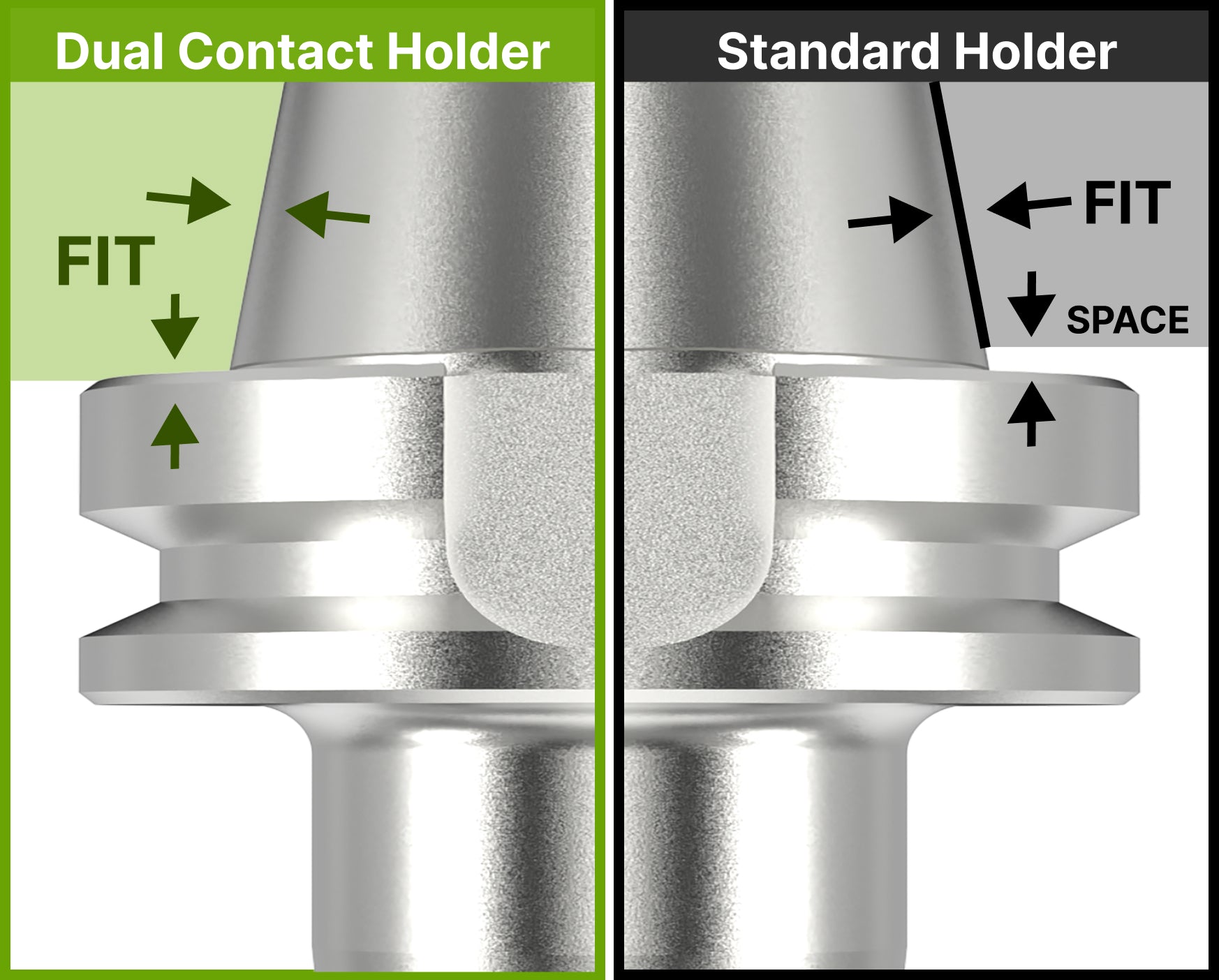
Leave a comment
All comments are moderated before being published.
This site is protected by hCaptcha and the hCaptcha Privacy Policy and Terms of Service apply.